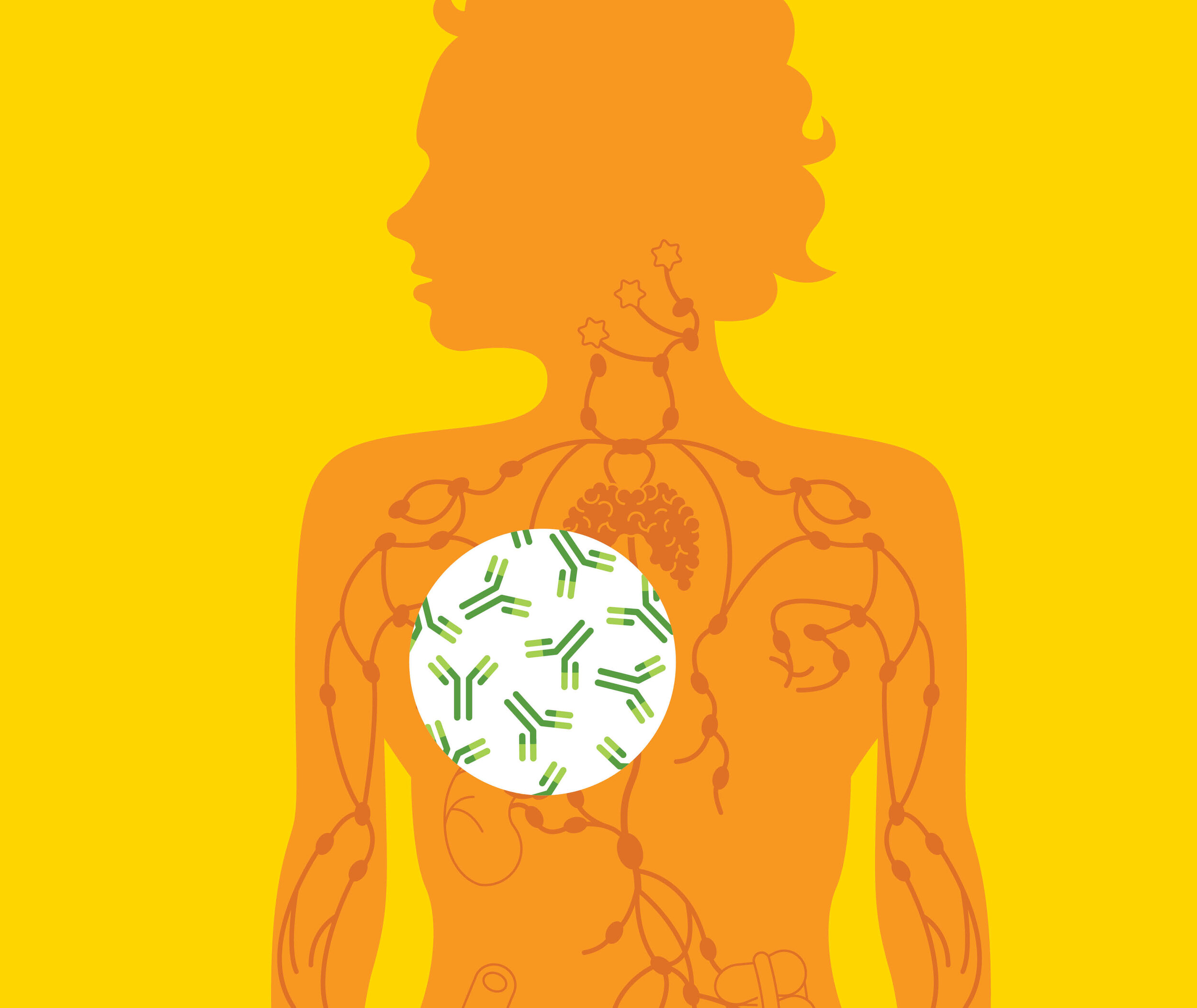How to Design a New Vaccine
Editor’s note: Jason McLellan and his team are leaders in the pursuit for a COVID-19 vaccine, publishing a groundbreaking article in Science in 2020. Read on for more about the lab’s vaccine development work.
Historically, scientists have made vaccines by crippling a disease-causing virus, for example with heat or chemicals. When this dead or weakened version of the virus is injected into a person, the immune system learns to recognize it and produce antibodies that prevent the virus from spreading.
But what happens when the virus makes itself hard to recognize? A virus called RSV (for respiratory syncytial virus) that is most dangerous in childhood provides a good test case. Scientists like UT Austin’s Jason McLellan are pioneering a radical new way to make vaccines to tame viruses including RSV, currently the world’s second-leading viral killer in infants.
Step-by-step
⭢ Some people’s immune systems successfully fight a shape-shifting virus, so harvest a set of naturally produced antibodies from a person with the immunity.
⭢ Use a special, high-resolution tool, like cryogenic electron microscopy, to watch the virus and antibodies at work and see precisely where antibodies stick to the virus.
⭢ Design a molecule with the same shape and composition of the section of the virus that antibodies stick to.
⭢ Now test it. If when you inject the vaccine antigen into uninfected people, it results in the production of protective antibodies, you have done it: created a working vaccine in a whole new way.
Listen to our podcast interview with McLellan, who published work in the journal Science about this research.



